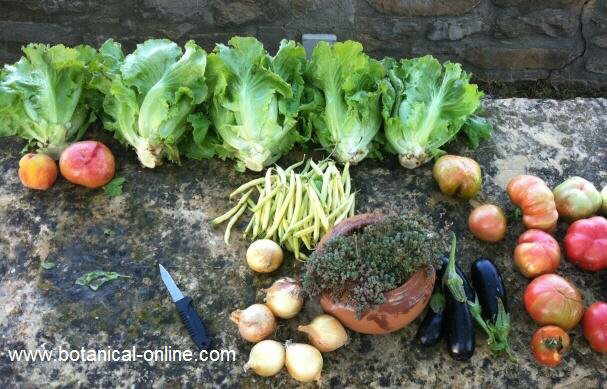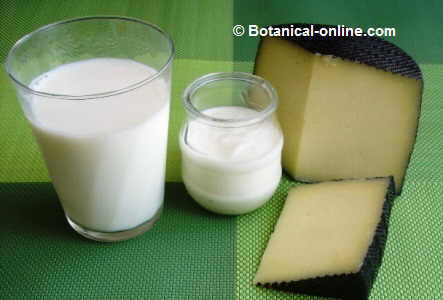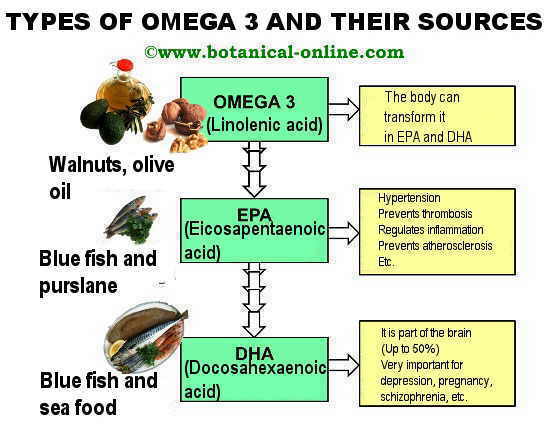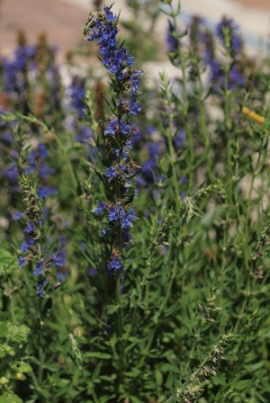Contents
Problems and risks of poor conservation of chickpeas
BAD CONSERVATION OF CHICKPEAS
Hazards of canned chickpeas
Chickpeas are very nutritious vegetables because they contain a lot of protein.
In addition, they have a very high nutritional value for their contribution in vitamins B and minerals (potassium, phosphorus, magnesium , calcium, iron and zinc).
One of the main dangers of eating chickpeas are the possible toxins that originate their poor conservation.
Poor storage of dry or raw vegetables
When dried legumes are kept in humid places, or dirty containers, fungi can grow on them and produce toxic substances, called mycotoxins.
Some of these toxins are aflatoxins and ochratoxin, mycotoxins related to certain types of cancer.
How to avoid chickpeas with aflatoxins?

To avoid this type of toxics in legumes, chickpeas must be bought in places of maximum hygiene and properly packed.
At home, they must be kept in the same hygienic conditions, in clean, dry and hermetic glass jars.
* Related information: How to prevent aflatoxin poisoning
How to know which chickpeas are affected by poor conservation?
A clear sign of poor conservation is the darkening of the grains (black chickpeas).
However, color is not always a good indicator, since many food analysis show that there are grains affected by mycotoxins with a normal coloration.
There is no home-based way to determine if chickpeas have toxins produced by fungi during their poor conservation.
Canned chickpeas
It should also be mentioned that the traditional homemade canned chickpeas that are sealed to the bain marie to generate the vacuum are at risk of botulism if not done properly.
![]() More recipes and information on chickpeas
More recipes and information on chickpeas








